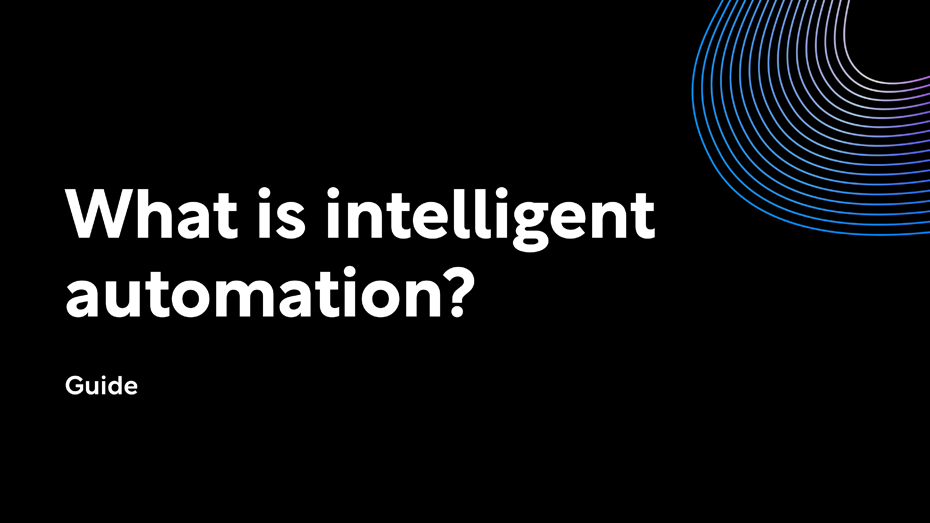Automation has emerged as a pivotal topic in business operations. Many enterprise leaders are exploring ways to harness automation for a competitive edge, while others are contemplating its impact on the workforce.
In this guide we dig deep into the topic of intelligent automation, going through key topics, examples, and best practices to help executives understand and make use of the opportunity.
What is intelligent automation?
Intelligent automation is the use of technology such as artificial intelligence (AI), robotic process automation (RPA), and machine learning to automate mundane, repetitive tasks. Intelligent automation streamlines processes, cuts costs, and improves the efficiency of business operations.
Tech like ChatGPT and Midjourney have transformed our lives completely in such a short time. But automation isn’t an unproven tech stretching its legs for the first time. For example, RPA bots date back to the 2000s. Businesses used it to crunch basic numbers and populate Excel spreadsheets with content scraped from the web. Today, artificial intelligence is launching a new era of automation, marrying the two into a new tool: intelligent automation.
While the interpretations of intelligent automation differ greatly between experts and organizations, you can consider IA to be powered by different technologies like:
- Artificial intelligence
- Machine learning
- Computer vision
- Robotic process automation
- Intelligent document processing (IDP) and natural language processing (NLP)
The combination of these technologies creates a sophisticated system that can handle complex tasks—without human intervention.

